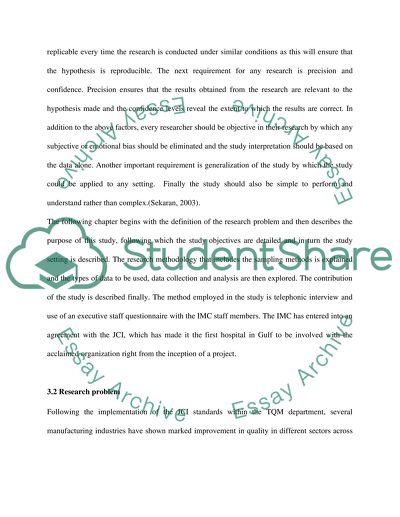Cite this document
(“To what extend does Joint Commission International (JCI) Accreditation Essay - 1”, n.d.)
Retrieved from https://studentshare.org/family-consumer-science/1411013-to-what-extend-does-joint-commission-international
Retrieved from https://studentshare.org/family-consumer-science/1411013-to-what-extend-does-joint-commission-international
(To What Extend Does Joint Commission International (JCI) Accreditation Essay - 1)
https://studentshare.org/family-consumer-science/1411013-to-what-extend-does-joint-commission-international.
https://studentshare.org/family-consumer-science/1411013-to-what-extend-does-joint-commission-international.
“To What Extend Does Joint Commission International (JCI) Accreditation Essay - 1”, n.d. https://studentshare.org/family-consumer-science/1411013-to-what-extend-does-joint-commission-international.


